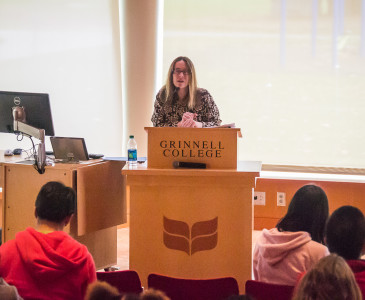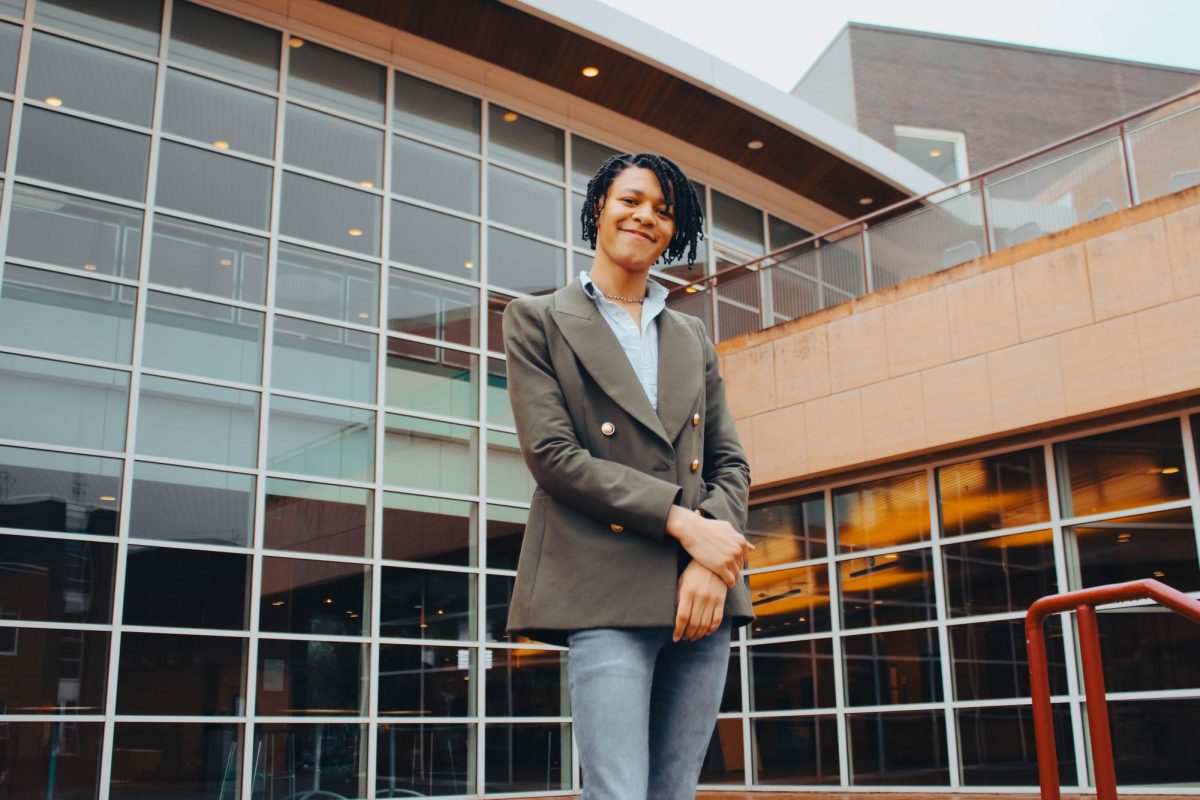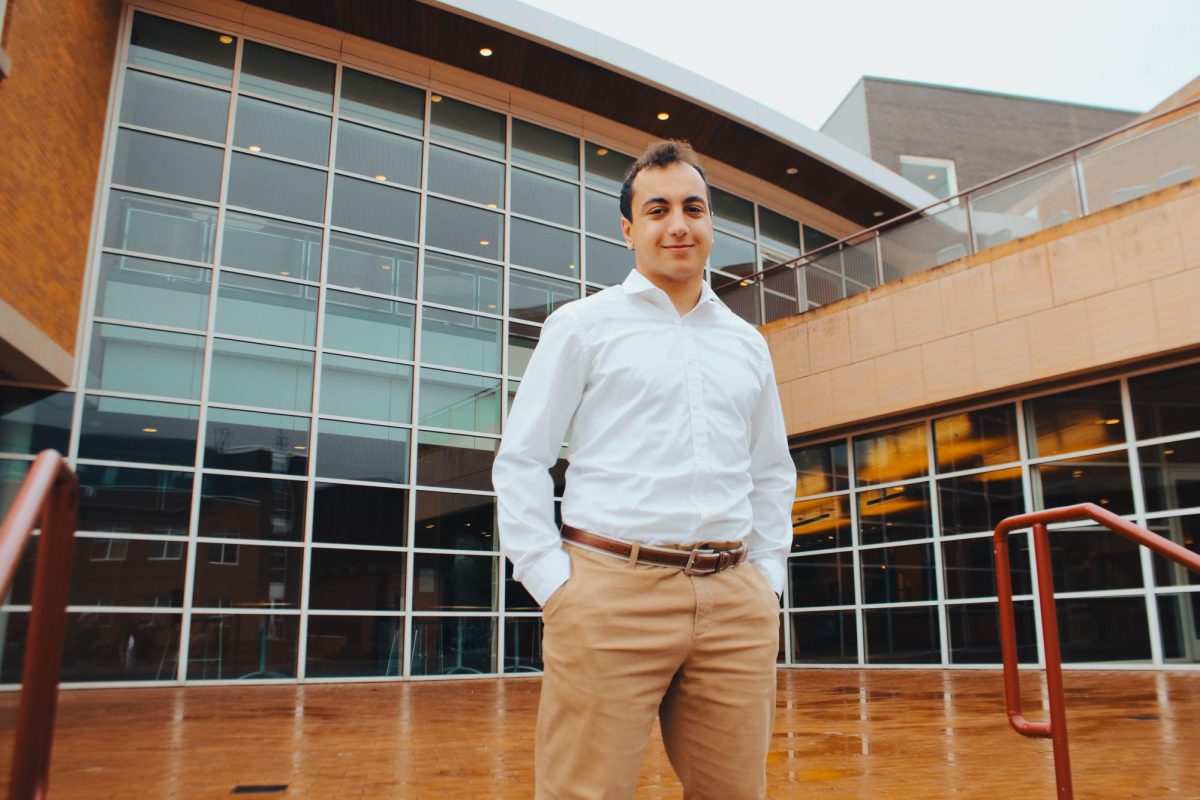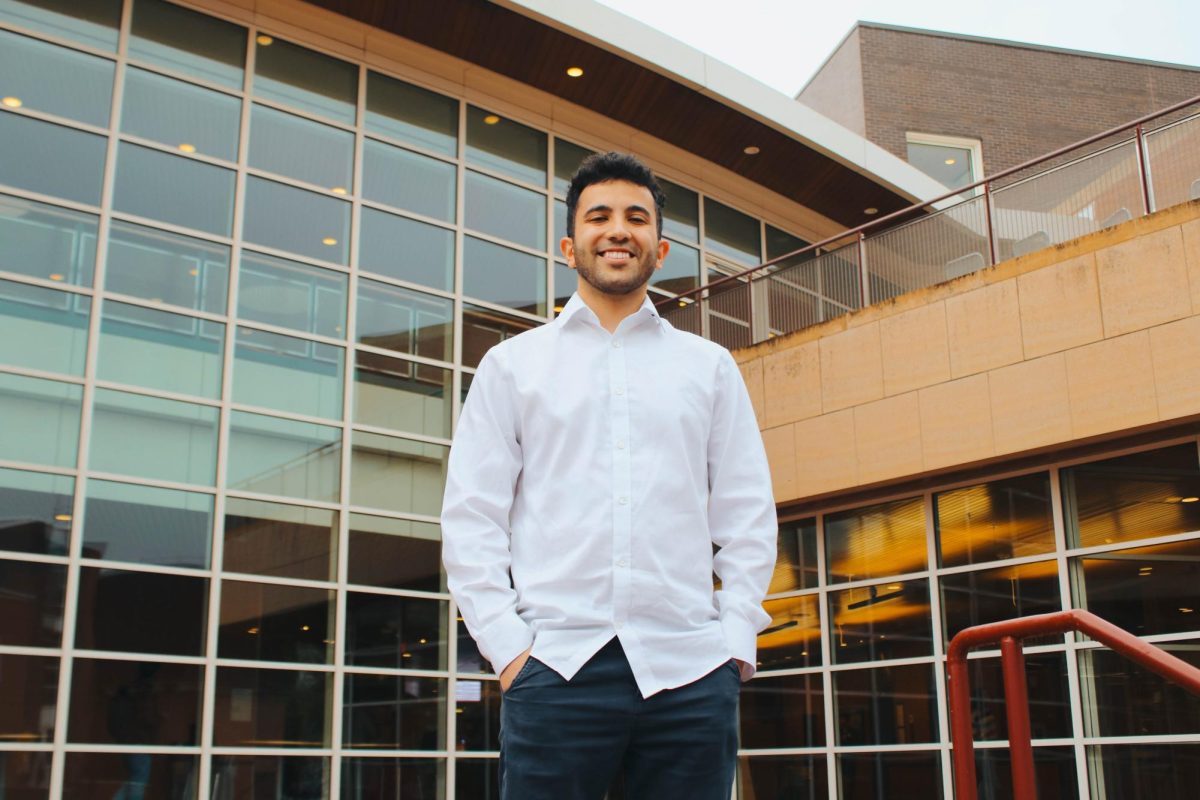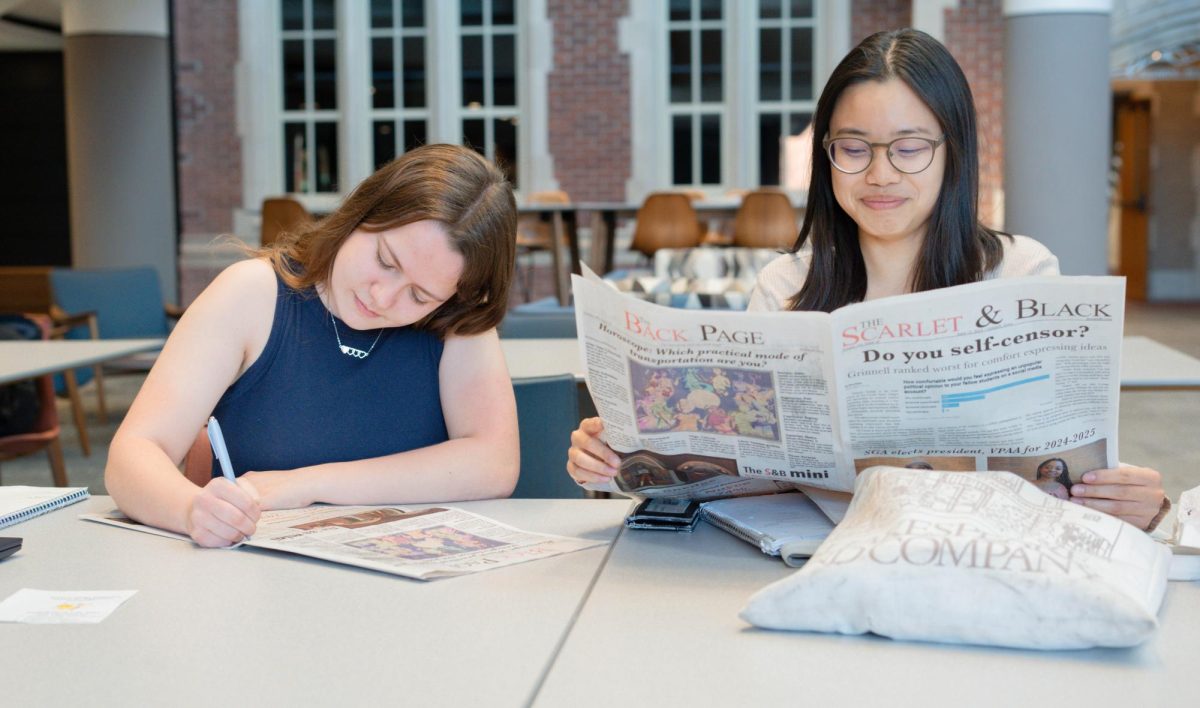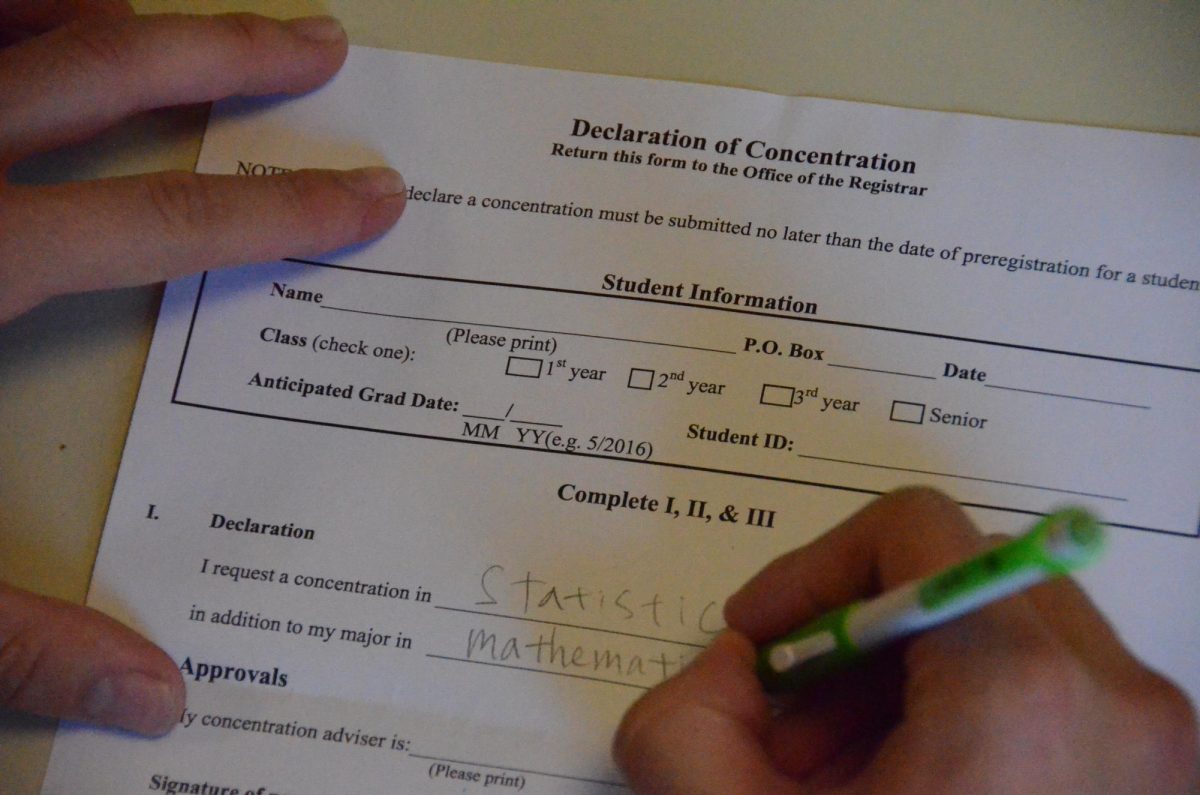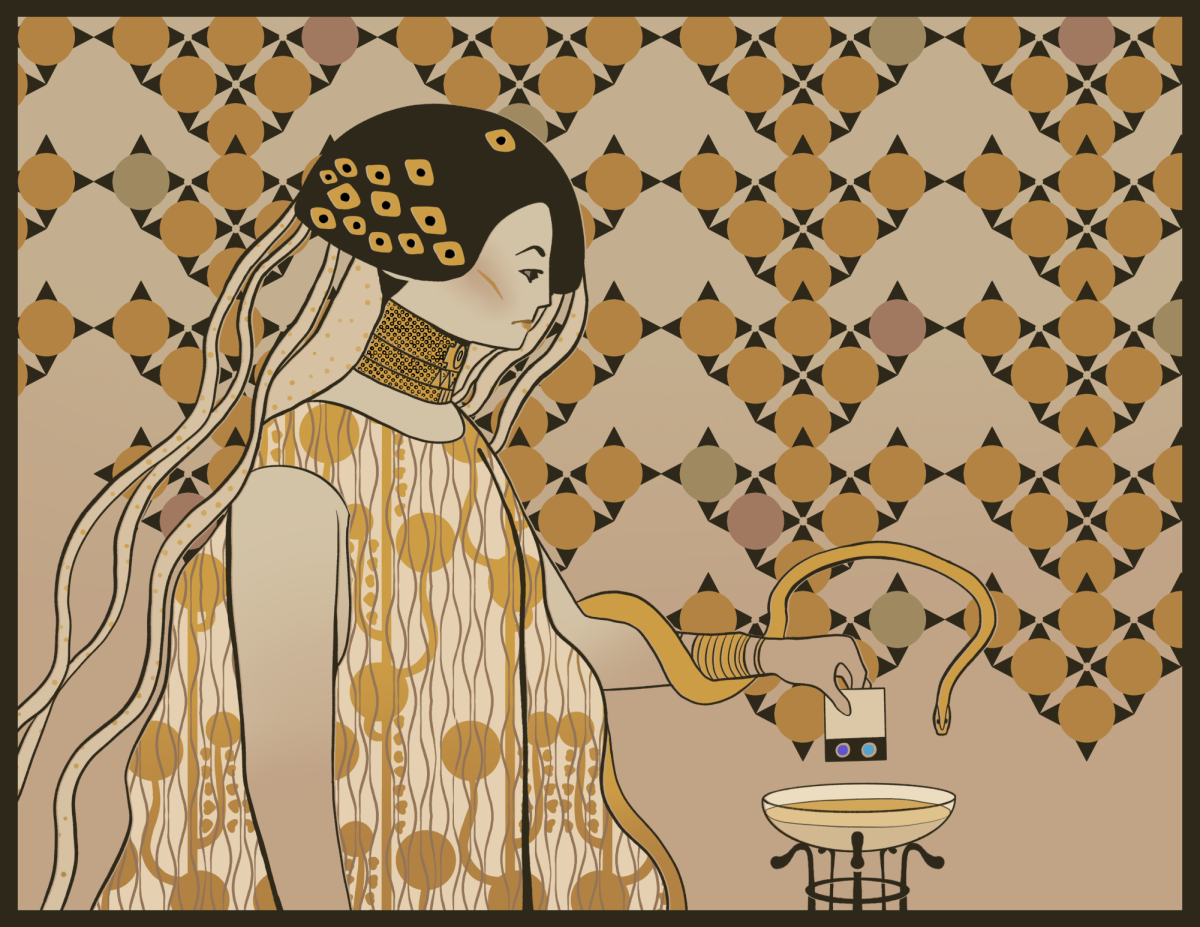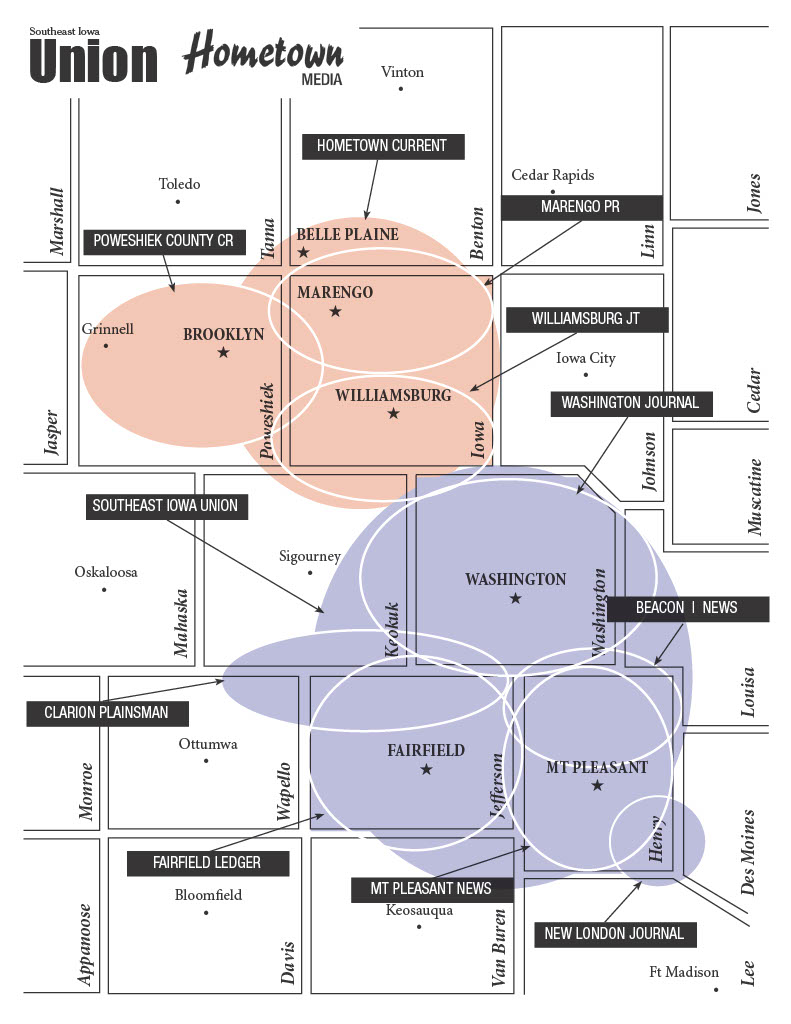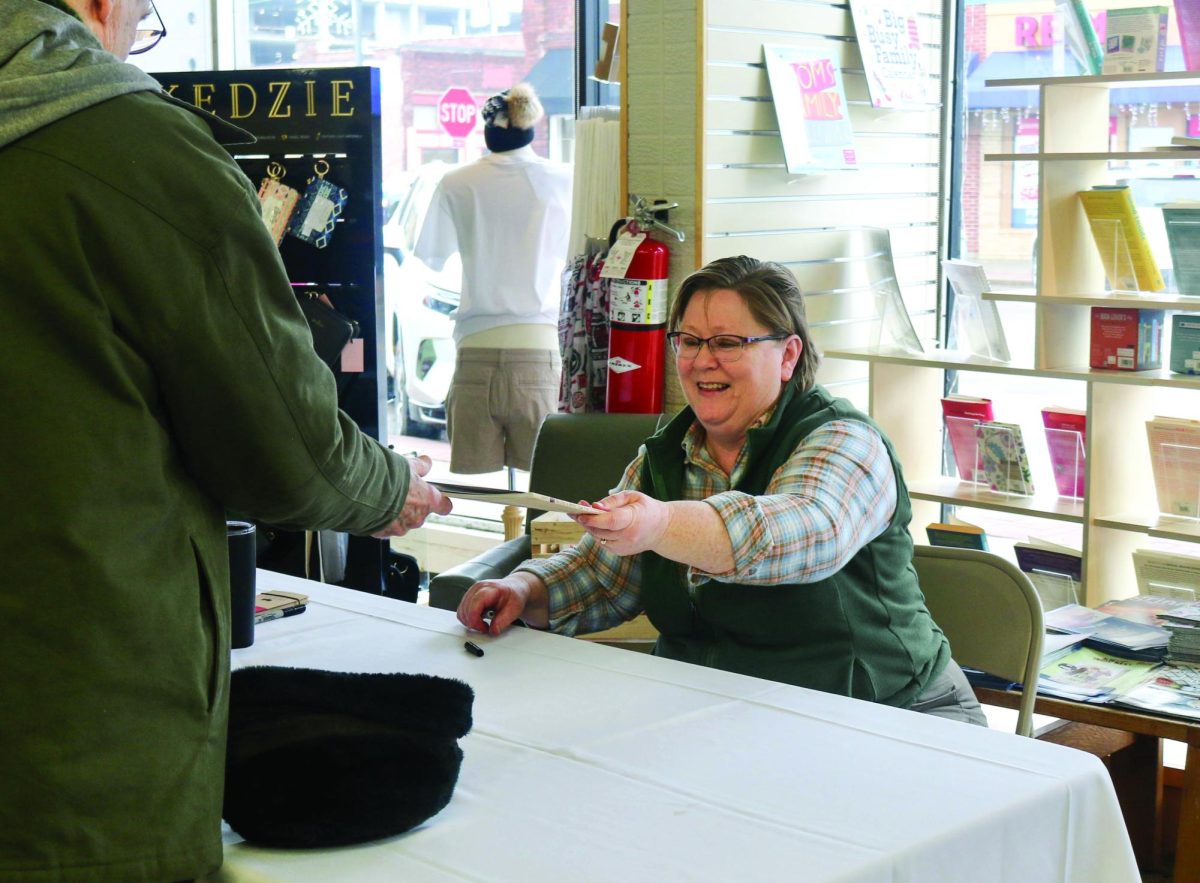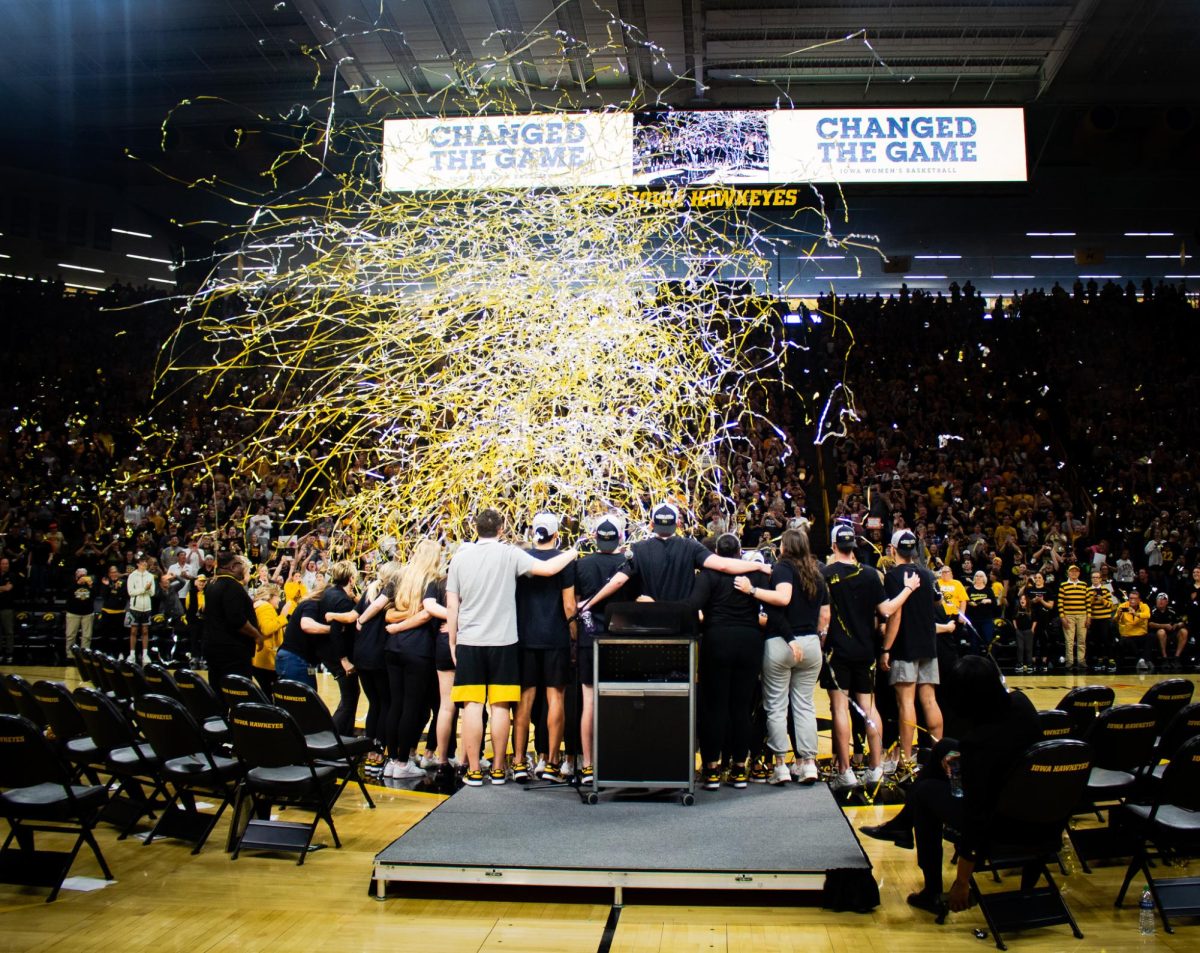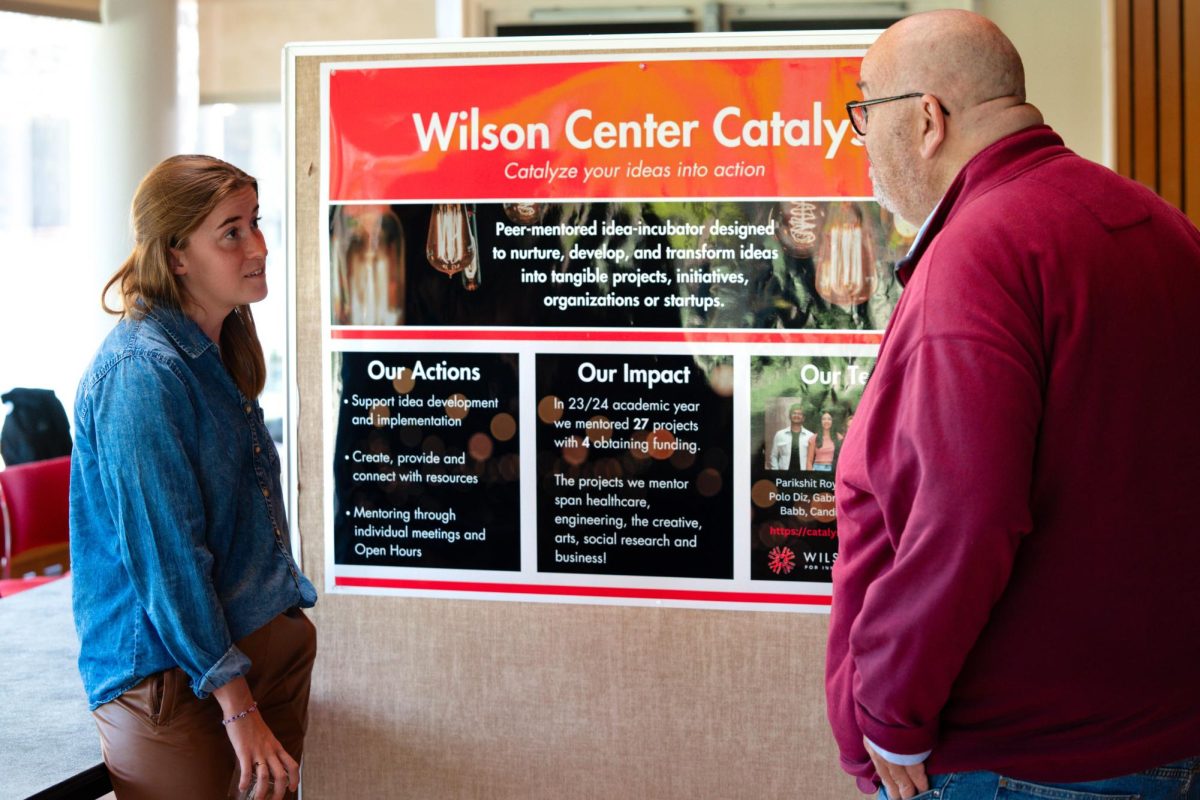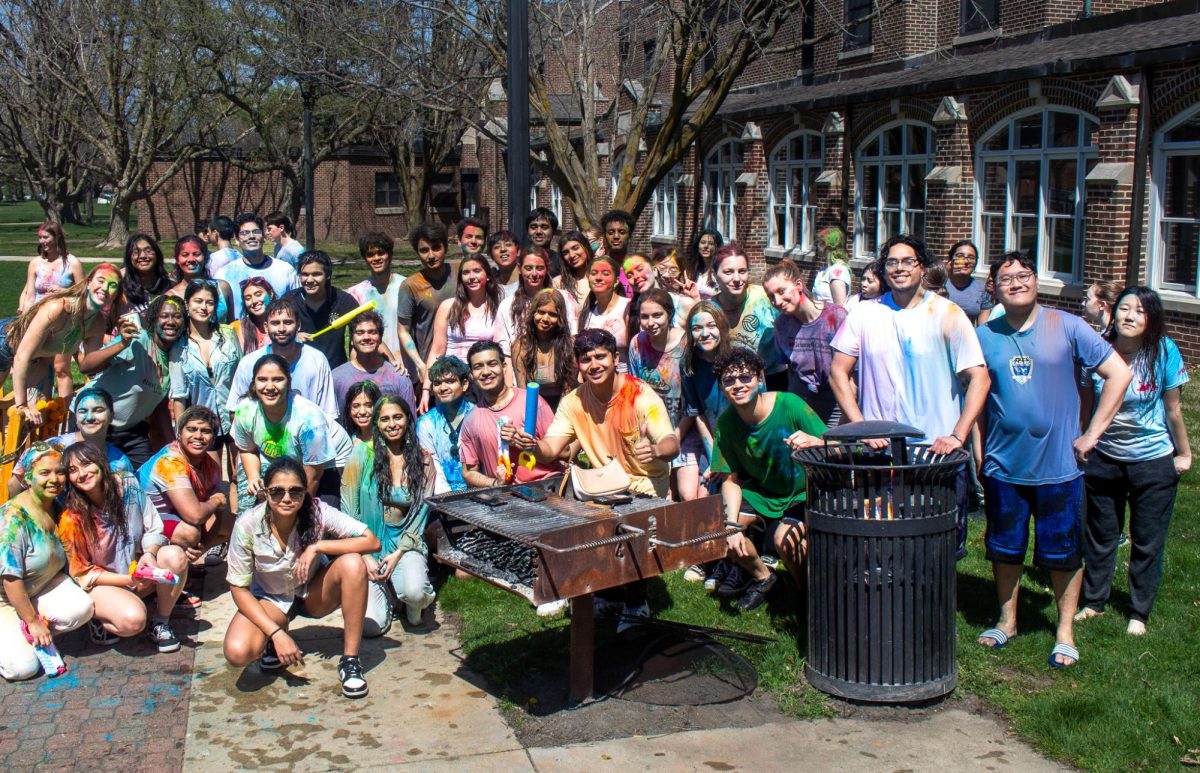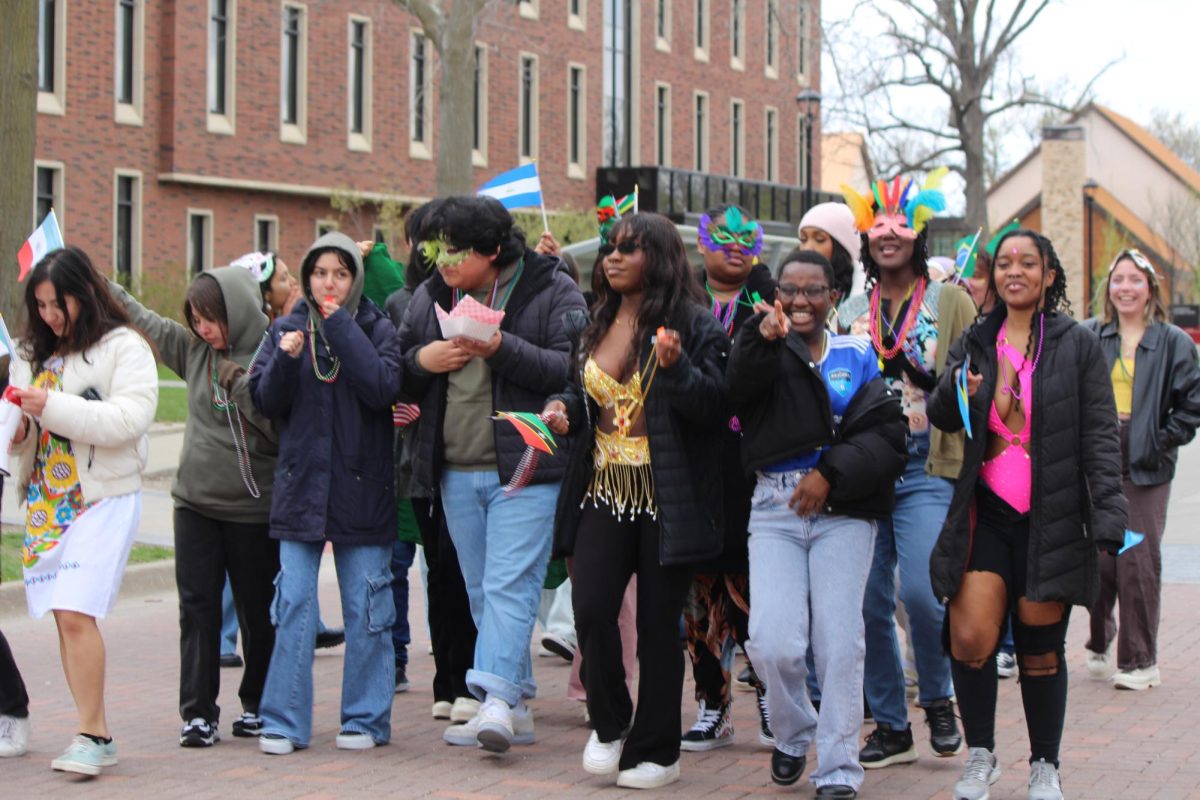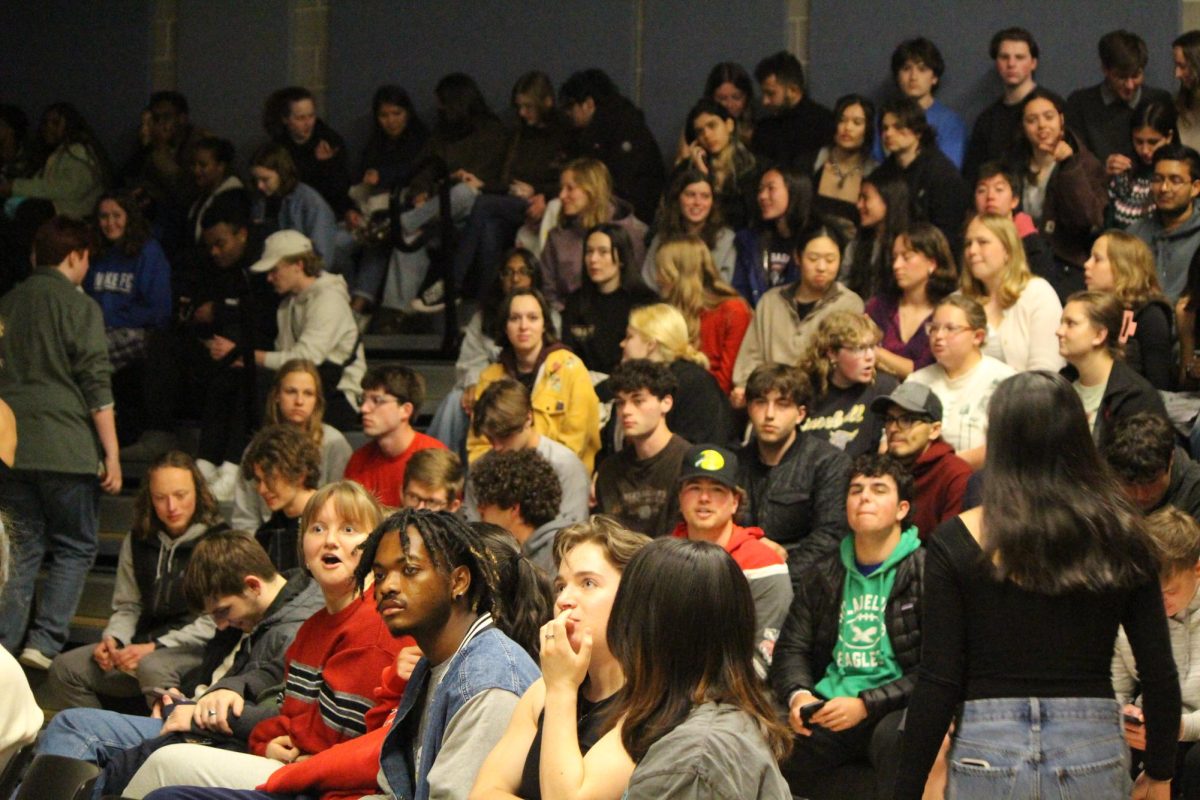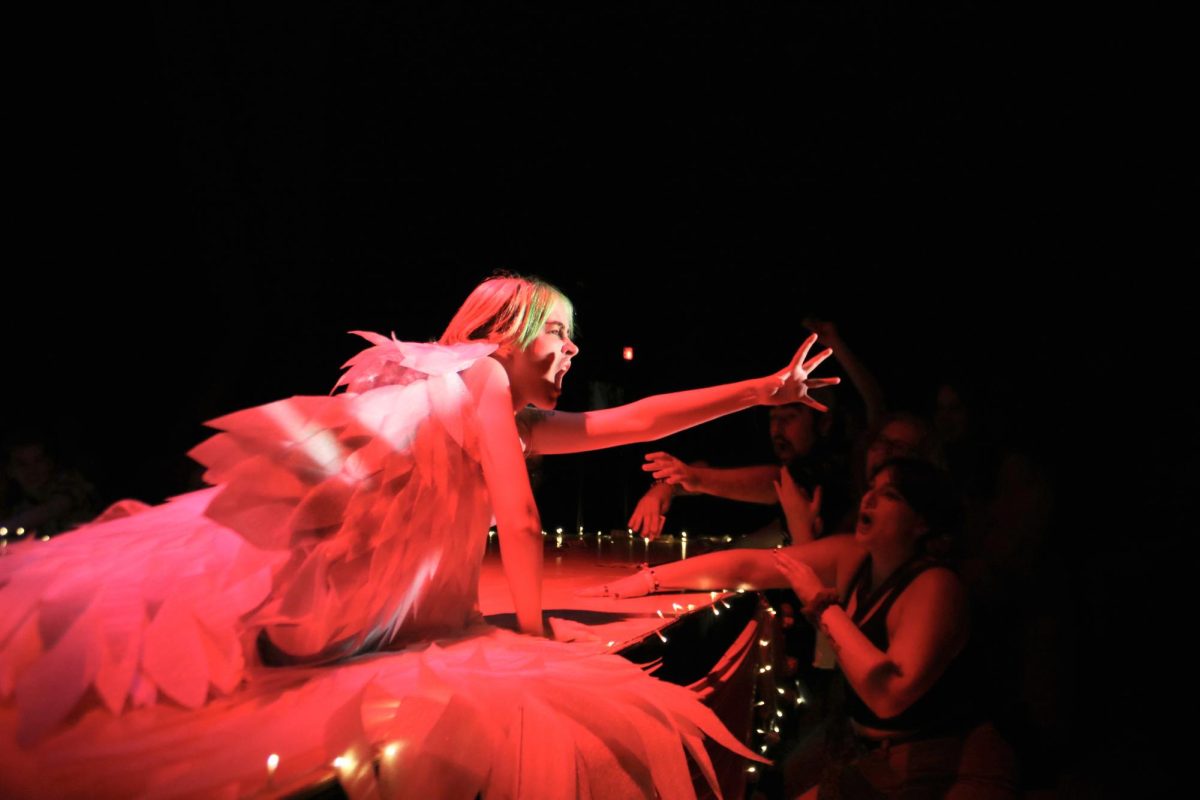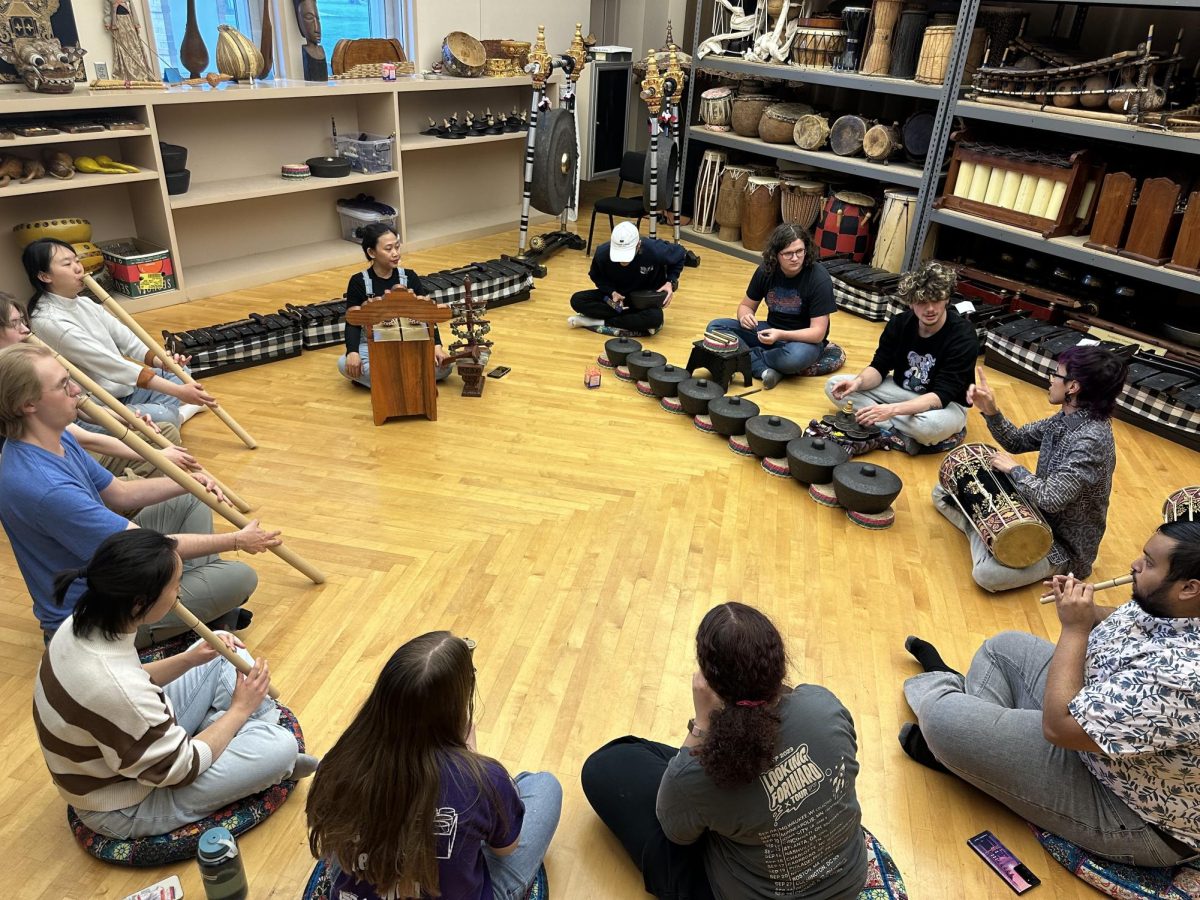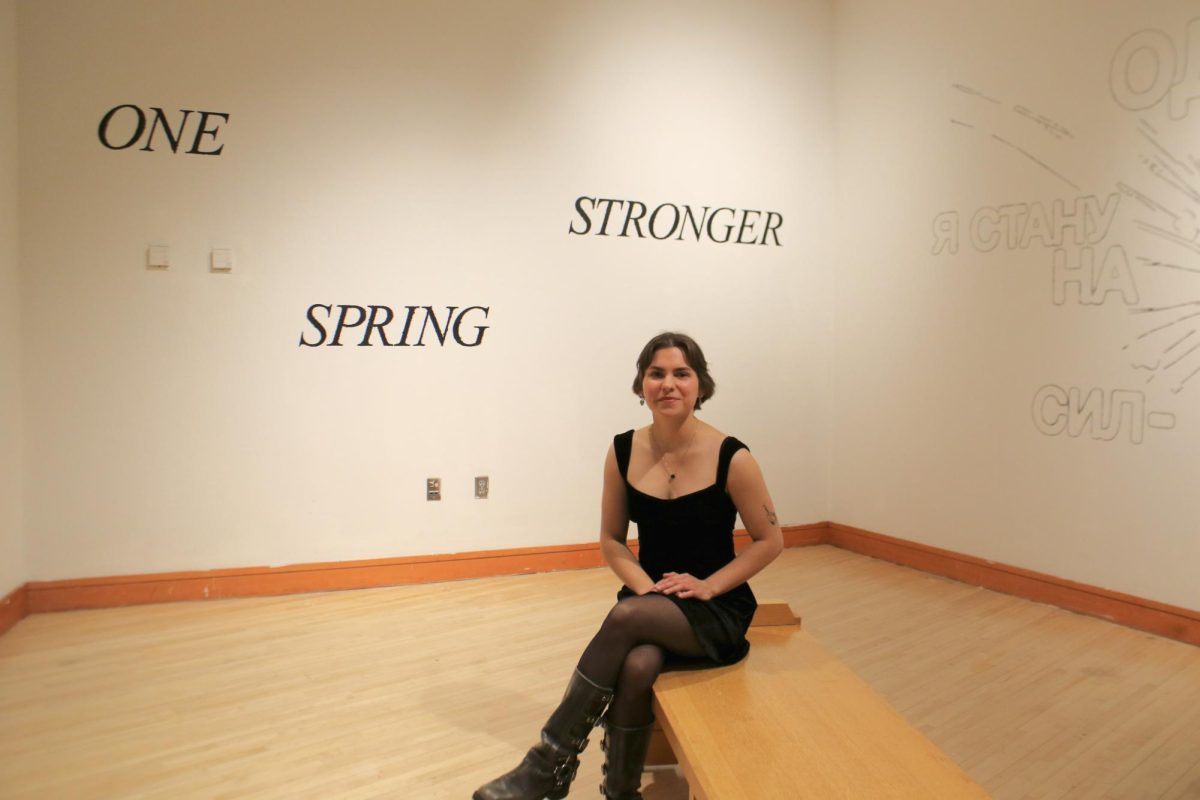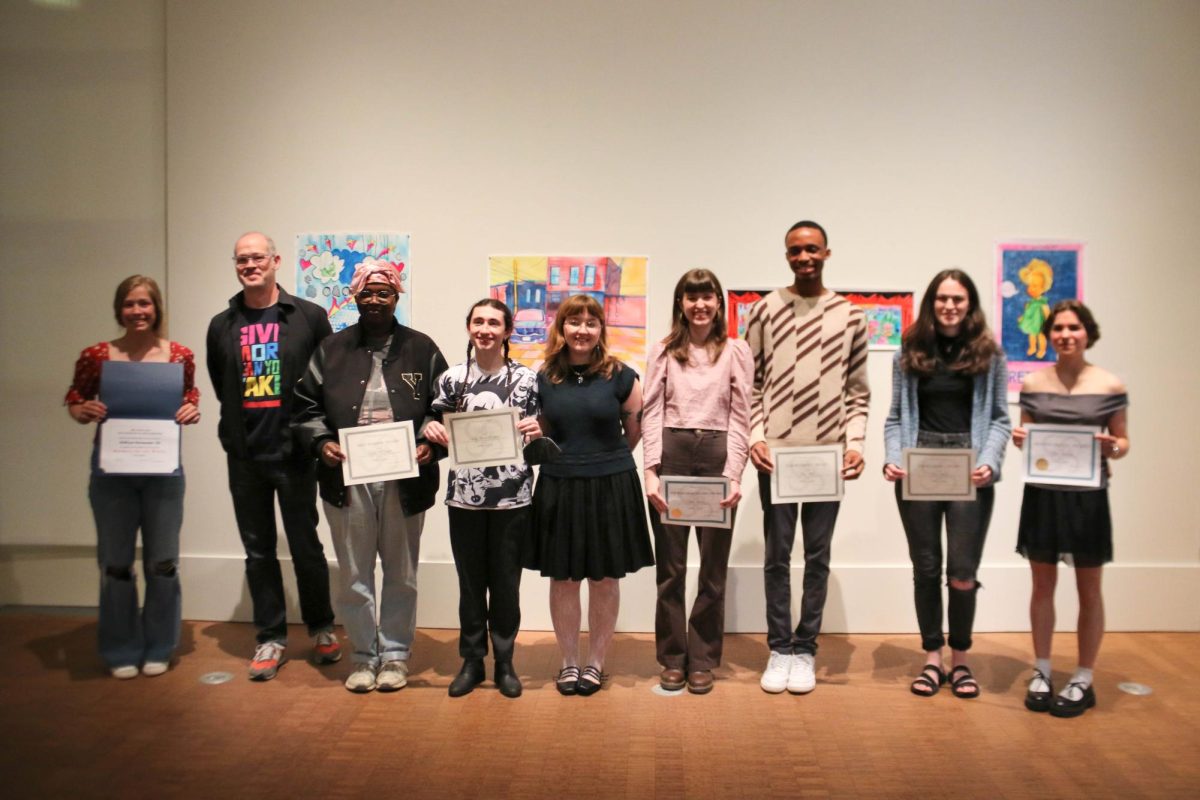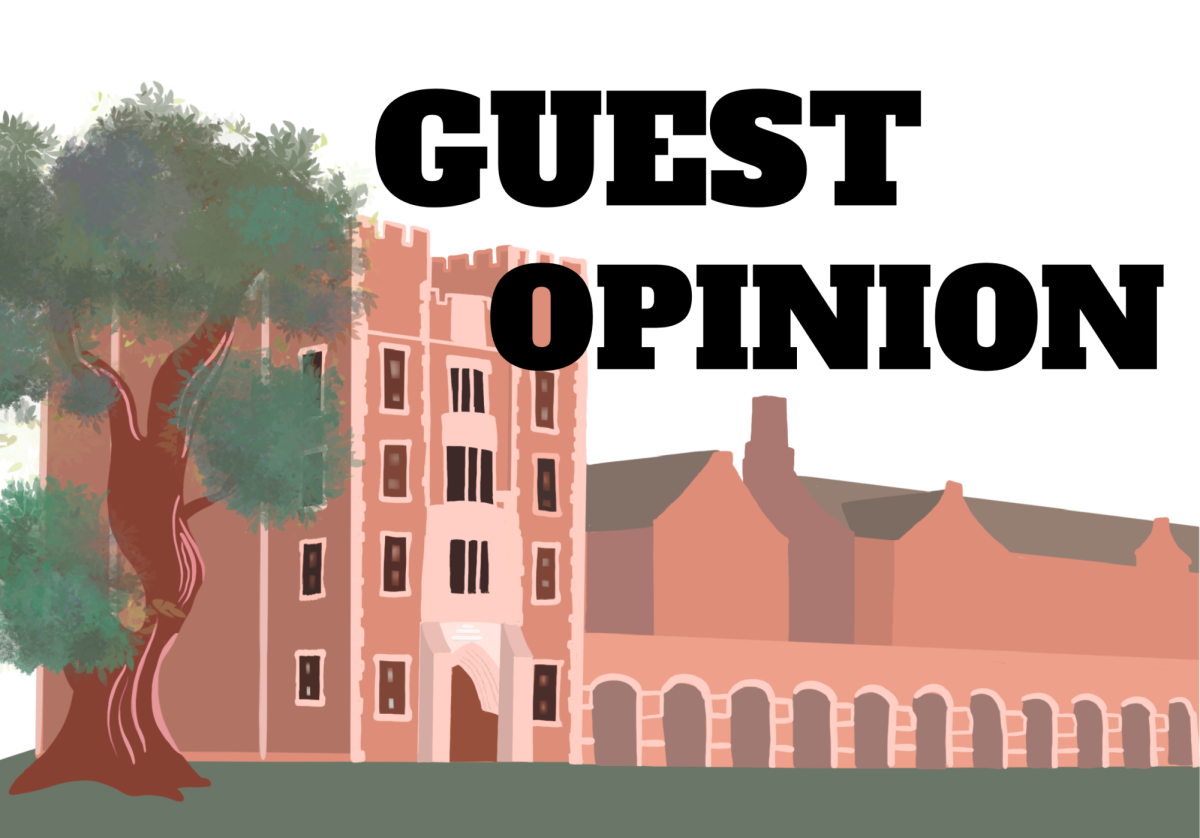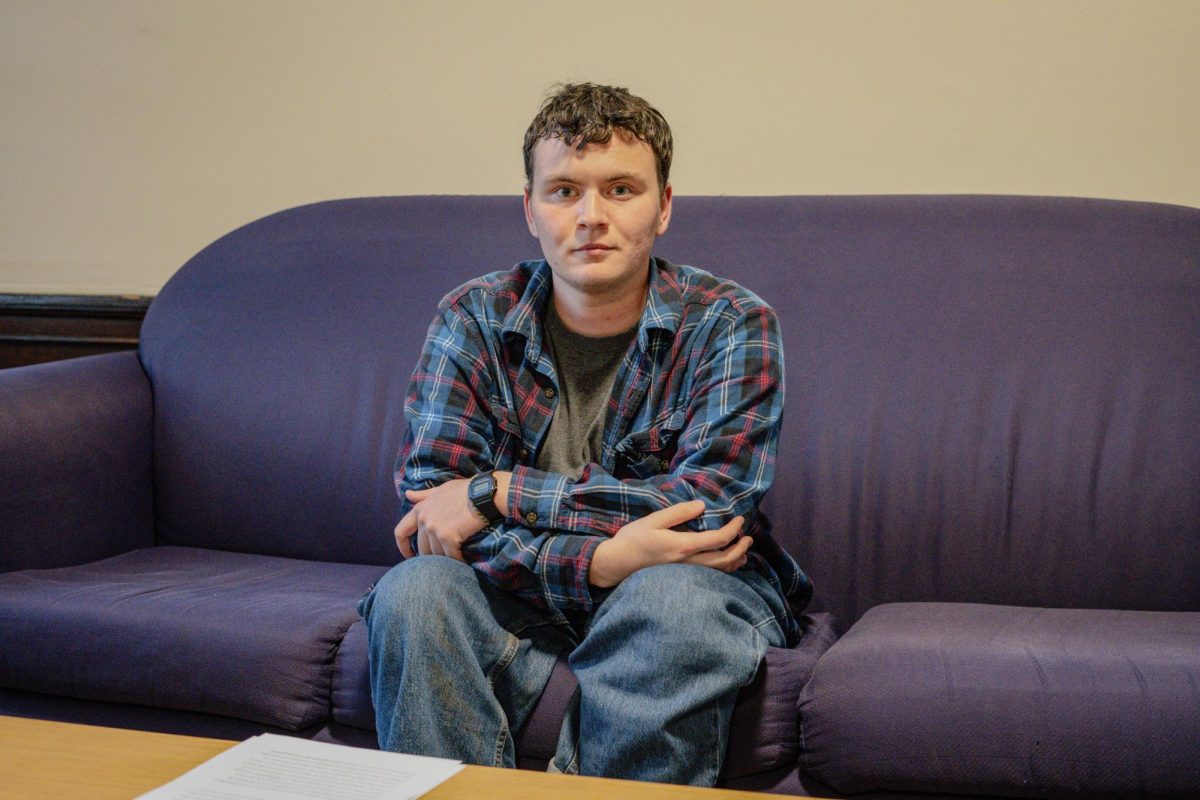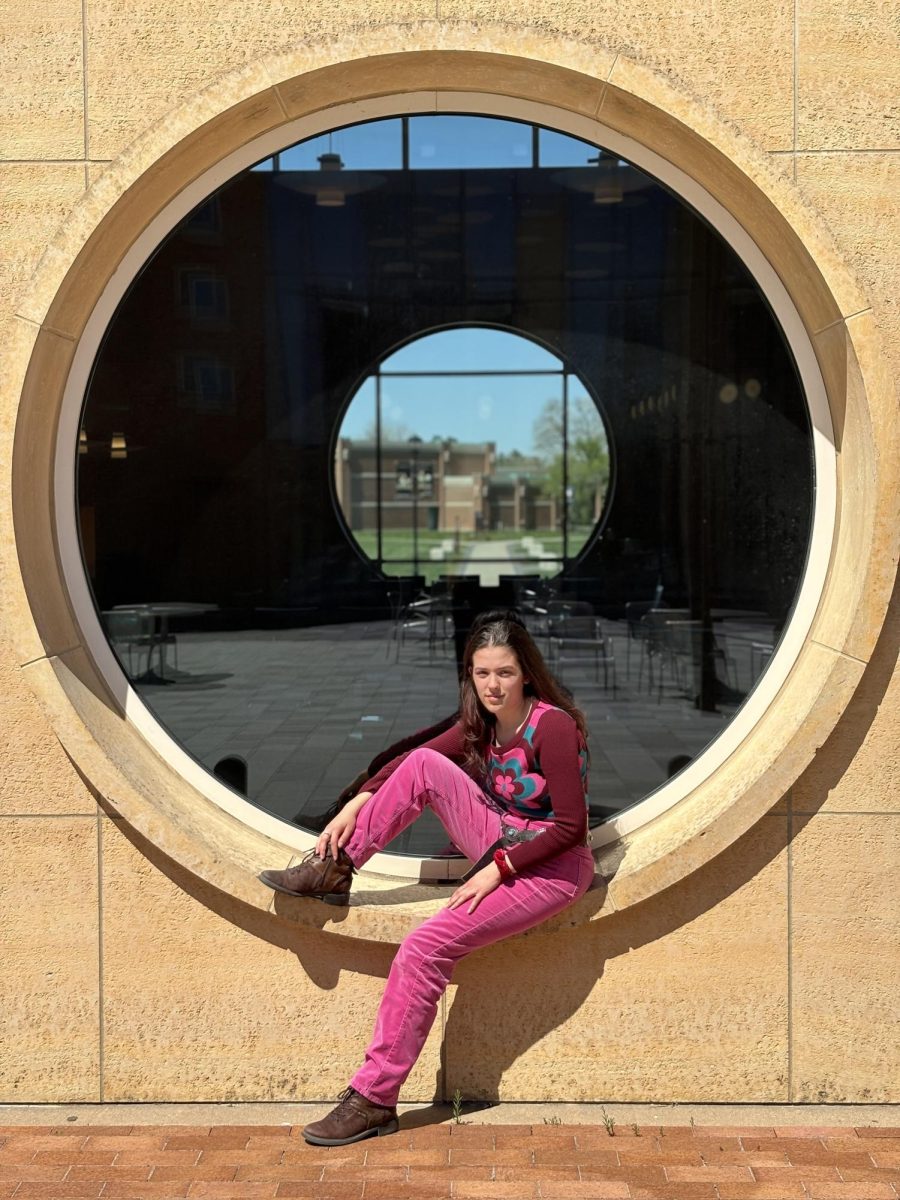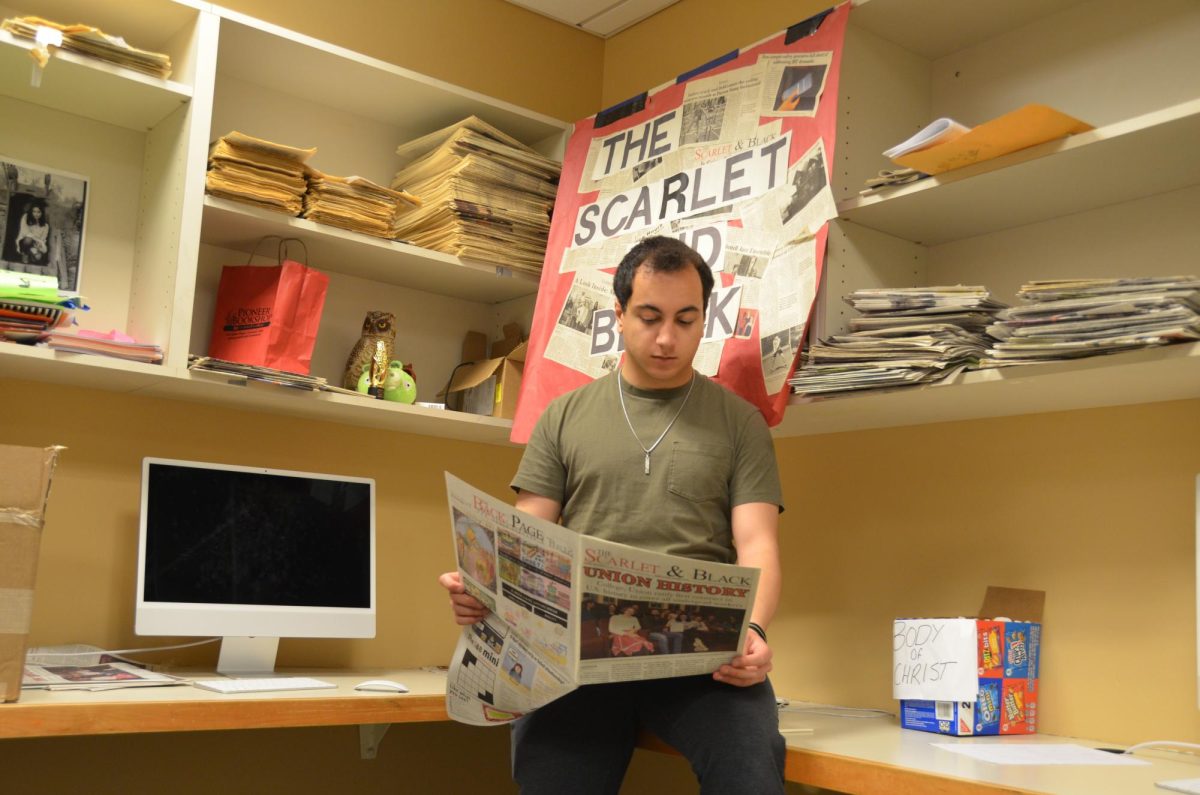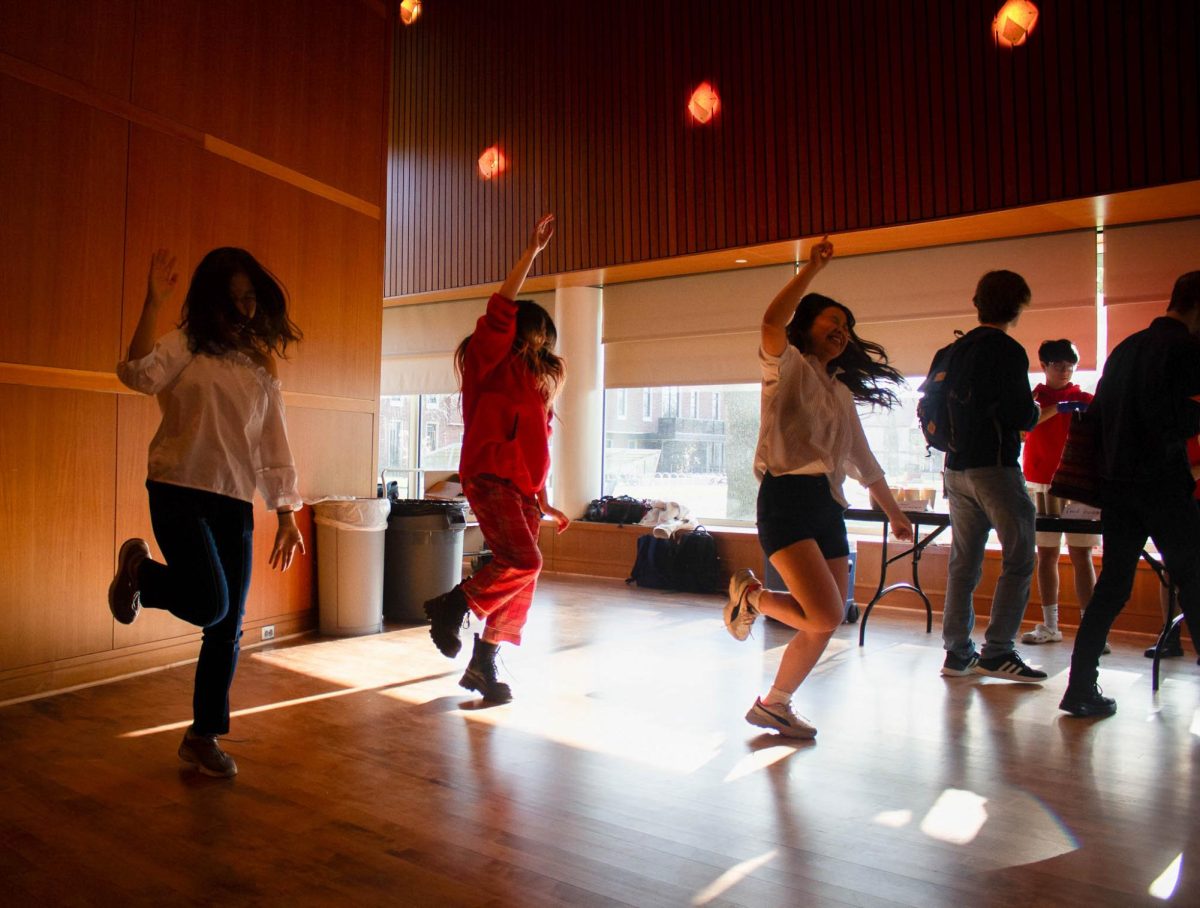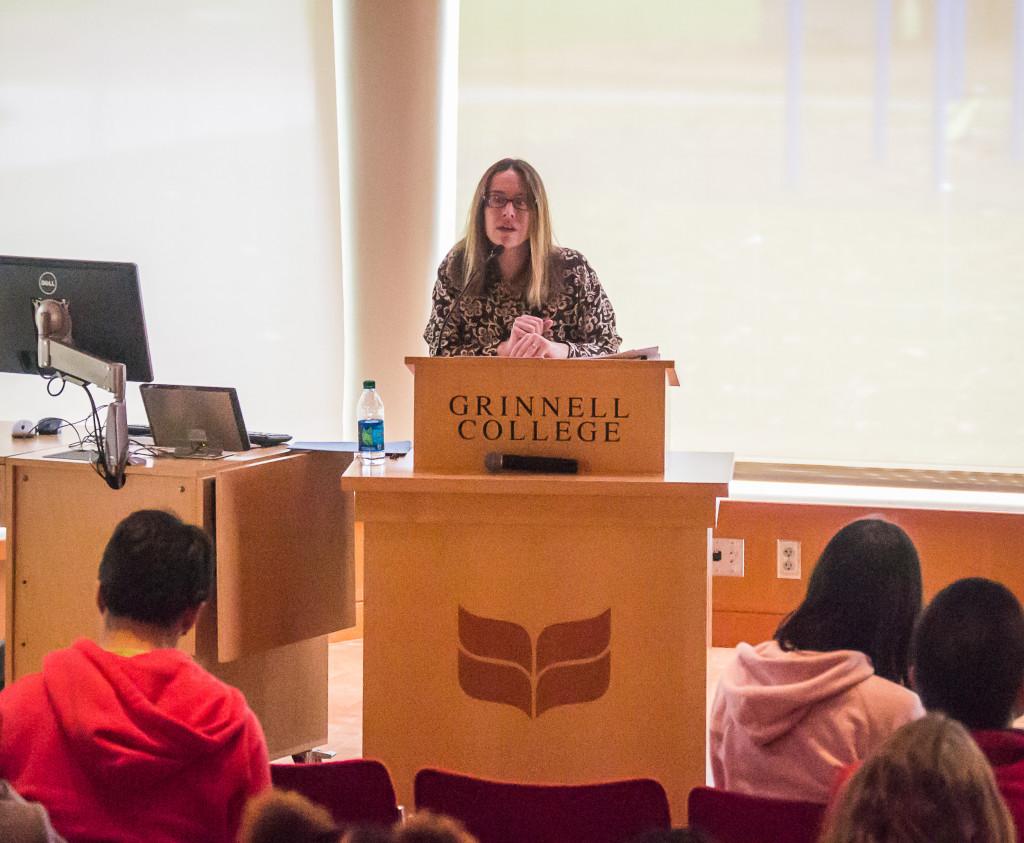JON SUNDBY, News Editor
sundbyjo17@grinnell.edu
On Thursday, Oct. 29, Islamic Scholar, Kecia Ali, came to Grinnell to discuss the biography of the Prophet Muhammad and how discussions of his life have changed throughout the past 1300 years. Her work currently focuses on perceptions of the Prophet’s life from both non-Muslim and Muslim writers, and the recent shift in attention towards issues of gender and marriage. Her latest academic book is entitled “The Lives of Muhammad,” and traces these issues as well as the increasing interdependence between critical and religious accounts of his life.
Ali began her talk by explaining how the importance over the factual biographical account of Muhammad’s life is a relatively recent phenomenon, spurred on by criticisms by the Western world.
“Muslim writing about the prophet included biographies, but though these were important, they did not constrain the many and varied ways that Muslims accounted for Muhammad’s life and his person,” Ali explained. “Muhammad’s role as intercessor on the day of Judgment, as the original light of creation, as God’s beloved, as the mirror of divine beauty, were far better known to medieval Muslims …than the historical facts.”
It was only with the advent of colonialism and the rise of Western “Oriental” scholars that the focus began to shift from the spiritual to the factual. With this rising interest in the historical aspects of the Prophet’s story came increased attention towards his wives and his role as a husband.
“Muhammad’s modern biographers, whether hostile or laudatory, saw his character manifest in his relationships with women … it was at this time that the centrality of the women question in Islam became prominent,” Ali said.
As the matrimonial life of Muhammad came into focus, issues of both polygamy, age and politics had to be addressed. Critics began to look for faults in the personal life of the prophet, at times accusing him of being driven by both lust and cold political calculation. Recently, the age of his brides has gained ascendency as the most troubling issue for Muhammad’s detractors, especially concerning his marriage to Aisha, who was by most accounts nine years old at the time.
“By the last decade of the 20th century, and especially the first decade of the 21st, Aisha’s age had become a favorite argument of anti-Islam polygamists, especially, but not exclusively, online,” Ali said, adding that “In 2002, in a Southern Baptist convention speech, the Reverend Jerry Vines called Muhammad a ‘demon-possessed pedophile.’”
While to modern sensibilities this is quite a troubling fact, Ali contends that this might not be the full story. Just as it is considered that Muhammad’s first wife’s, Khadija, age might have been chosen for symbolic rather than factual reasons in religious texts, Aisha’s age could have been fabricated for a similar strategic goal.
“[Aisha] was a vital, if somewhat problematic, figure in the construction of Sunni orthodoxy … her chastity was impugned during her lifetime. Insisting on her extreme youth … is a way to insist, I might speculate, on her sexual purity. After all, as Western sources note, she was the only virgin Muhammad married,” Ali said.
Whether or not Aisha’s age of marriage is true, Ali suggests that our recent obsession with the controversy tells us something about ourselves in this time and place.
Quoting the historian John Tolan, Ali said, “‘European discourse concerning Muhammad is often best understood as a deforming mirror.’ Whatever we celebrate or repudiate in the lives of Muhammad may or may not correspond with a real individual on the other side. It does, however, give us a fascinating glimpse into our predilections.”
